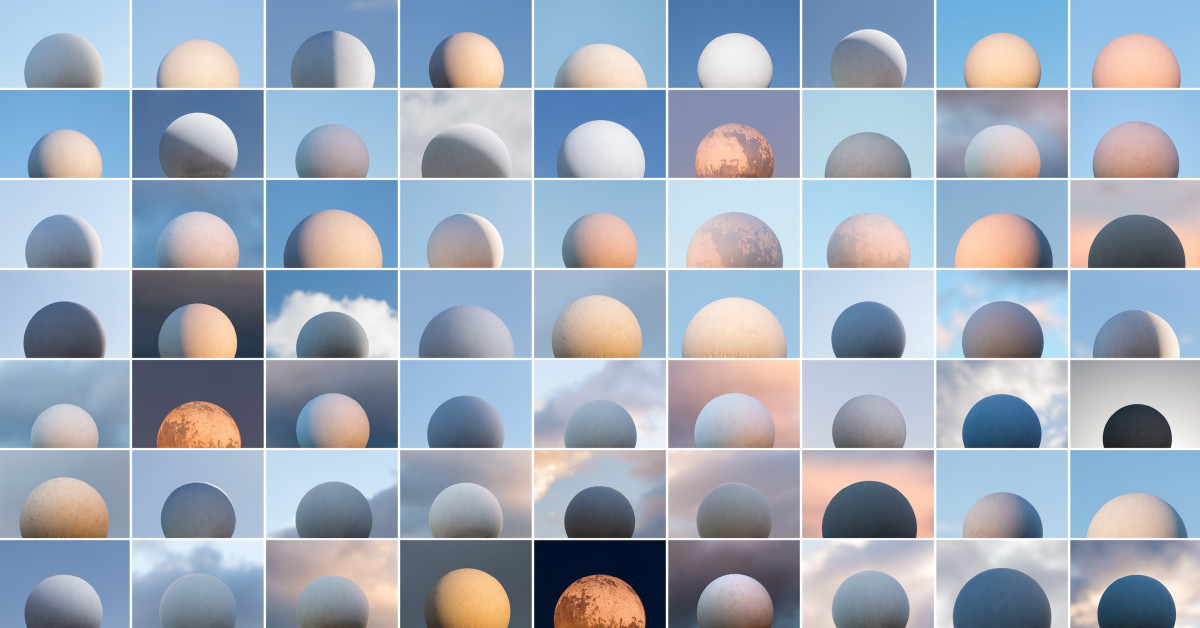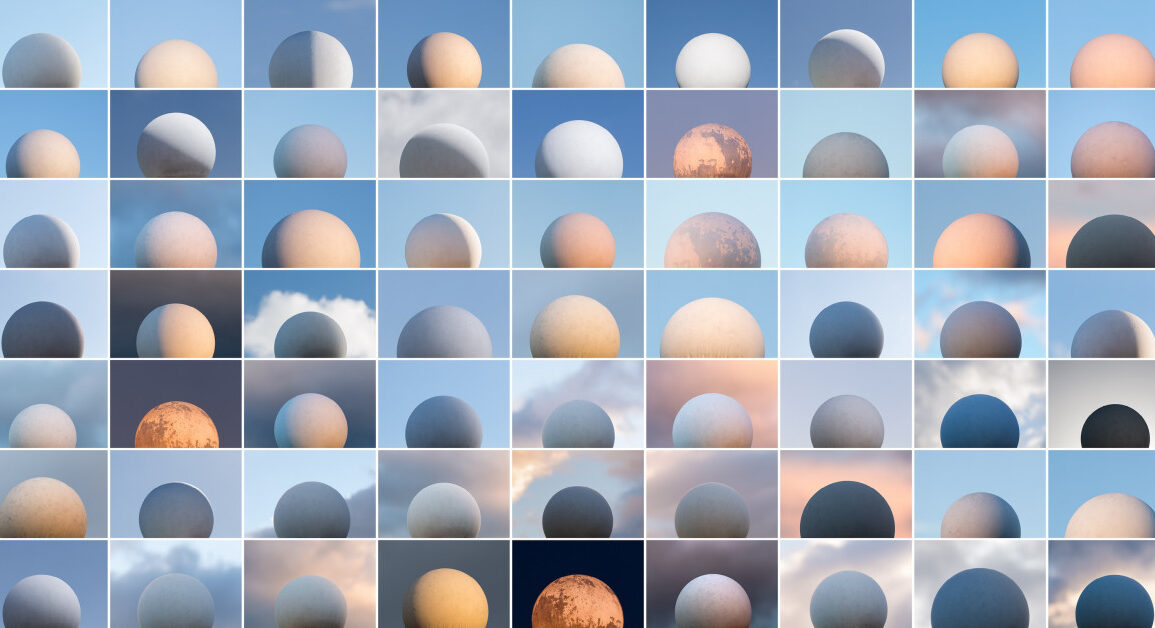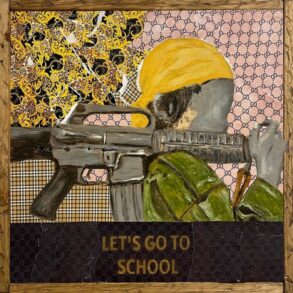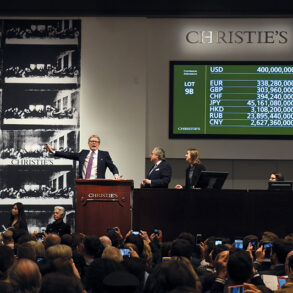
SAN JOSÉ, Costa Rica, October 25, 2024 (Newswire.com)
–
Despite Costa Rica’s rich and diverse contemporary art scene, the U.S. art market often overlooks the country’s artist communities. MÍRAME Fine Art, an online platform that highlights contemporary Costa Rican artists, aims to correct these misconceptions by showcasing the nation’s globally relevant talent.
Here are five key reasons why Costa Rican art is often misunderstood by U.S. buyers—and why it deserves more attention. https://miramefineart.com/the-costa-rican-art-market-usa-mirame-fine-art/
1. Underrating Costa Rica’s Artistic Diversity
Misconception: The U.S. market often reduces Costa Rican art to traditional or folk themes, assuming it primarily depicts tropical landscapes or indigenous motifs.
Reality: Costa Rica’s contemporary art scene is diverse, spanning styles, mediums, and subjects that challenge outdated assumptions. Artists like Miguel Hernández Bastos and Carolina Guillermet defy expectations, with Hernández’s ethereal figures crafted from smoke and Guillermet’s geometric abstractions inspired by modern architecture. MÍRAME Fine Art showcases this broad spectrum, breaking away from old stereotypes.
2. Misjudging the Economic Viability
Misconception: Costa Rican art is often perceived as inexpensive or less valuable than works from other regions.
Reality: The value of Costa Rican art is rising globally. Artists like Allegra Pacheco and Luciano Goizueta are gaining international attention, with their works increasingly featured in U.S. collections, institutions, and exhibitions, such as a recent show at Craig Krull Gallery in Santa Monica. MÍRAME Fine Art plays a key role in introducing these artists to international buyers.
3. Overlooking the Role of Technology
Misconception: U.S. buyers may assume Costa Rica’s art market lacks the global reach of more established regions.
Reality: Platforms like MÍRAME Fine Art connect Costa Rican artists with a global audience through technology. Using digital tools like augmented reality and streamlined shipping, it’s easier than ever to increase global appeal and for collectors to acquire works from Costa Rican artists.
4. Equating Costa Rican Art with Tourism or Souvenirs
Misconception: U.S. buyers sometimes mistakenly view Costa Rican art as synonymous with mass-produced souvenirs or tourist-focused pieces.
Reality: Costa Rica’s contemporary fine art scene is complex and thought-provoking, addressing themes far beyond decoration or souvenirs. Artists like Emmanuel Rodríguez-Chaves and Jesús Mejía tackle socio-political issues and identity, resonating with global collectors. Platforms like MÍRAME Fine Art connect these artists with audiences who value their work’s intellectual depth over its touristic appeal.
5. Underestimating the Cultural and Environmental Influence
Misconception: U.S. buyers often fail to appreciate the depth of cultural influences shaping contemporary Costa Rican art.
Reality: Many Costa Rican artists incorporate themes of environmentalism and sustainability in their work. Artists like Karla Herencia and Carlos Fernández engage with these crucial themes, and MÍRAME Fine Art highlights their relevance.
Conclusion
The U.S. market may still be catching up to the realities of Costa Rica’s dynamic art scene, but platforms like MÍRAME Fine Art are breaking down misconceptions. For collectors seeking fresh perspectives, Costa Rican art is a hidden gem waiting to be discovered.
Source: MÍRAME Fine Art






